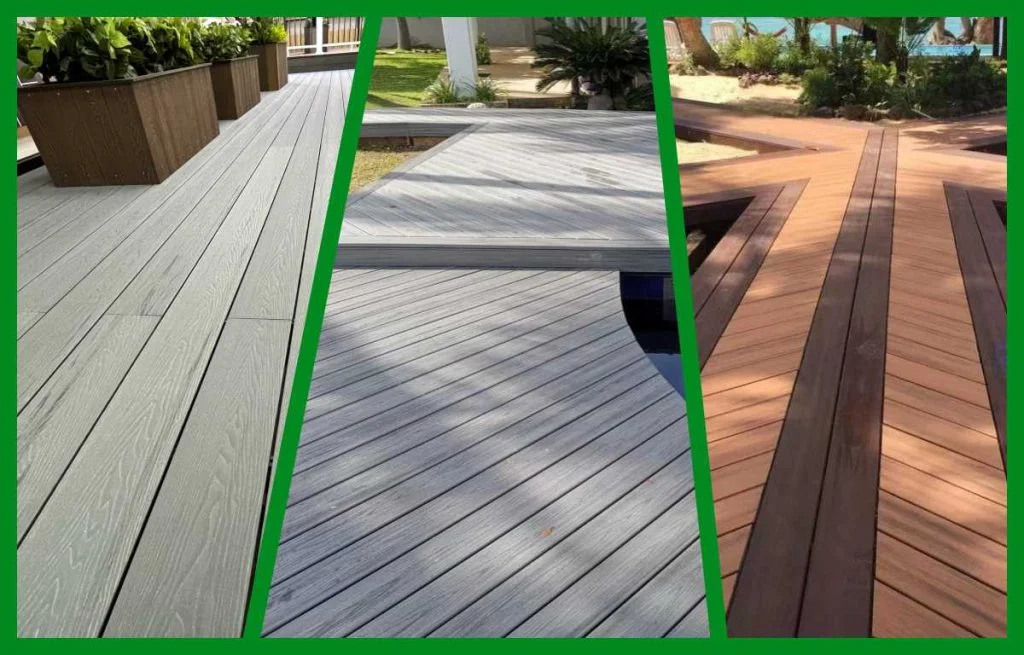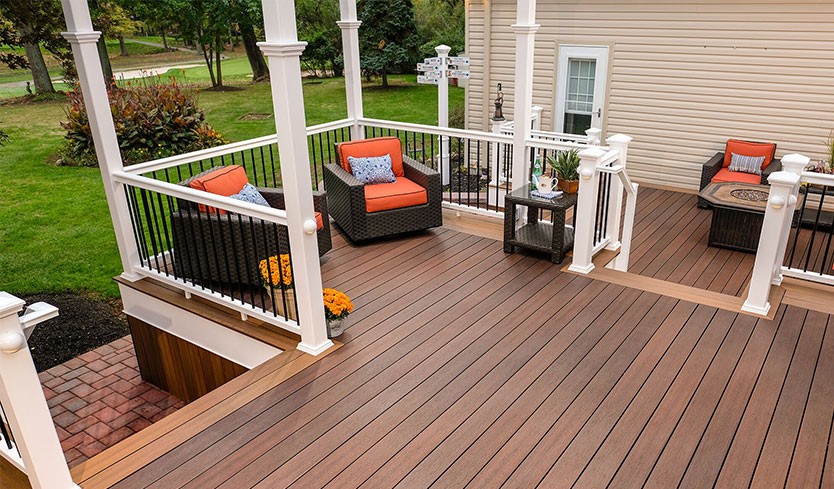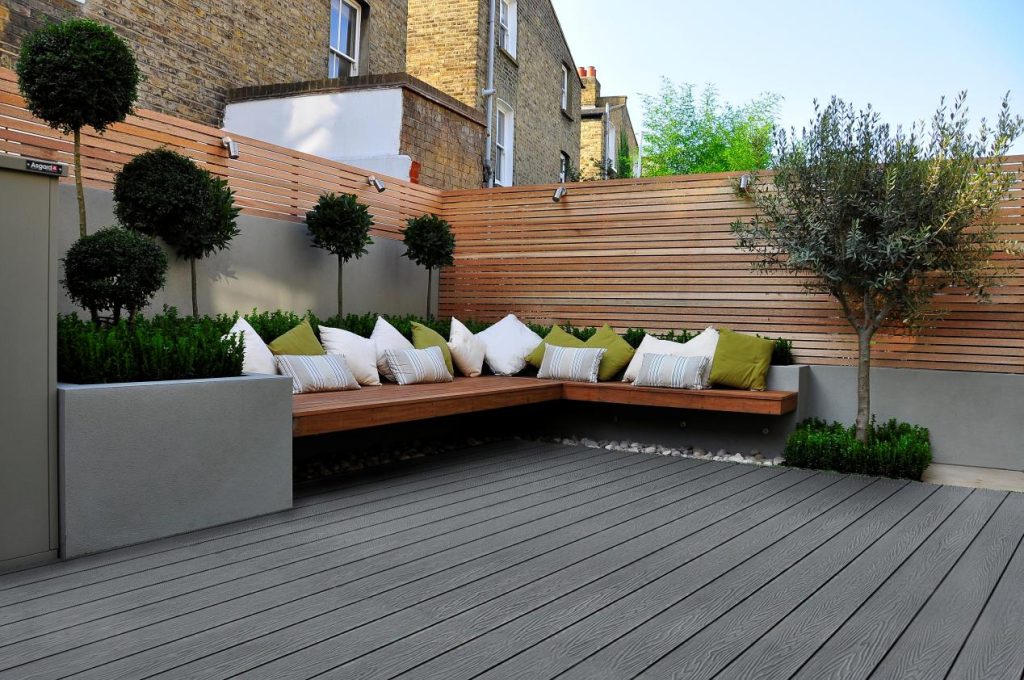When it comes to choosing the right composite decking for your outdoor space, homeowners often find themselves comparing different brands and options. Deckorators composite decking has been a popular choice in the market for many years, thanks to its reputation for durability and style. However, emerging brands like Hosung composite decking are gaining recognition for offering competitive quality at a better value. In this article, we will compare Deckorators composite decking and Hosung composite decking in terms of materials, design options, installation, maintenance, and overall value, helping you make an informed decision for your next deck project.
Table of Contents
Understanding Deckorators Composite Decking
Deckorators composite decking is a premium decking solution known for combining wood fibers and recycled plastics into a durable, low-maintenance material. Its popularity has grown because it offers the natural appearance of wood without many of the common problems associated with traditional timber decks, such as rotting, splintering, and frequent painting or staining.
Material Composition
Deckorators decking typically uses a mix of hardwood fibers and polyethylene plastics, forming a dense and weather-resistant board. This combination ensures:
Resistance to moisture and insect damage
Long-lasting structural integrity
Reduced fading and staining compared to natural wood
Design and Aesthetic Options
One of the standout features of Deckorators decking is the variety of colors, textures, and finishes it offers. Their deck boards come in:
Wood-like grains and textures for a realistic natural look
A range of colors, from traditional browns and grays to more contemporary shades
Options for grooved or square-edged boards to match different installation patterns
This versatility allows homeowners to achieve a high-end appearance without the ongoing maintenance of traditional wood.
Ease of Installation
Deckorators composite decking is designed for relatively straightforward installation. Many boards are compatible with hidden fastening systems, which creates a clean, fastener-free surface. Additionally, the boards are dimensionally stable, reducing the chances of warping or cupping after installation.
Maintenance Requirements
Despite being low-maintenance, Deckorators decking is not completely maintenance-free. Homeowners are advised to:
Clean the deck periodically to remove dirt and debris
Avoid standing water to prevent staining
Use manufacturer-approved cleaners to maintain the surface finish
Overall, Deckorators provides a high-quality, reliable composite deck that appeals to homeowners seeking a blend of durability and aesthetics.
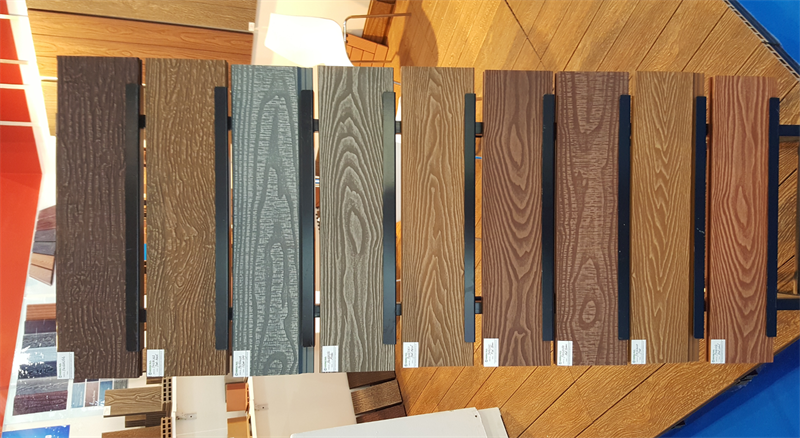
Introducing Hosung Composite Decking
Hosung composite decking is a newer player in the market but has quickly built a reputation for combining performance, affordability, and sustainability. Like Deckorators, Hosung boards are made from recycled plastics and wood fibers, but they offer some distinctive advantages.
Material Quality and Durability
Hosung composite decking uses a high-density wood-plastic composite formula, which gives it several performance benefits:
Stronger structural integrity due to enhanced fiber-plastic bonding
Superior resistance to fading, staining, and scratching
Ability to withstand harsh weather conditions, including heavy rainfall and intense UV exposure
The high-density formula makes Hosung decking more resilient in climates with extreme temperature changes, reducing long-term maintenance concerns.
Aesthetic Variety
Hosung decking is designed with modern homeowners in mind, offering a wide selection of colors, finishes, and board styles. Some notable features include:
Enhanced embossed woodgrain textures for a realistic look
Multi-color tones in a single board to mimic natural wood variations
Boards with anti-slip surfaces, ideal for poolside or high-traffic areas
This focus on aesthetics means homeowners can achieve a premium look without compromising on practicality.
Installation and Compatibility
Hosung composite boards are compatible with standard deck framing systems and come with options for hidden fasteners. Their boards are slightly more flexible than Deckorators boards, which can make cutting and fitting around corners easier. This flexibility also reduces the risk of cracking during installation.
Environmental Considerations
An important factor in today’s decking market is sustainability. Hosung decking incorporates a higher proportion of recycled materials, making it an environmentally friendly choice. By opting for Hosung, homeowners can reduce their environmental footprint while still getting a high-performance deck.
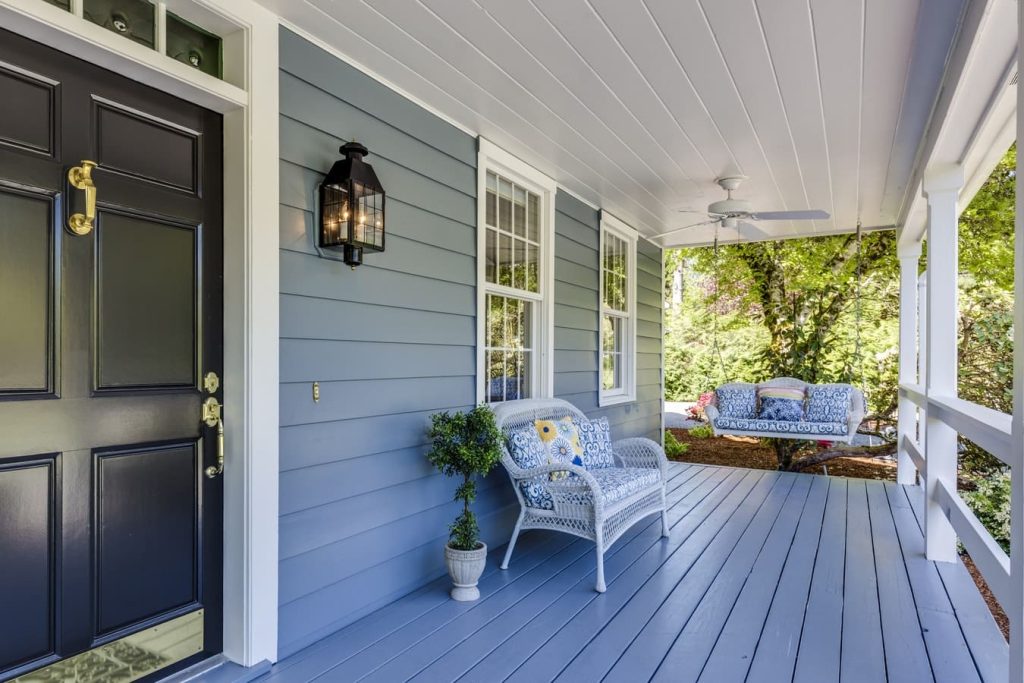
Comparing Deckorators and Hosung Composite Decking
Now that we have an overview of both brands, let’s compare them across key areas:
1. Durability and Lifespan
Both Deckorators and Hosung decks are built to last, but subtle differences exist:
Deckorators: Resistant to moisture, splintering, and warping; average lifespan around 25-30 years
Hosung: Higher-density composite offers extra strength and scratch resistance; potentially longer lifespan in harsh climates
For areas with extreme weather, Hosung’s denser formula can provide better long-term performance.
2. Appearance and Texture
While both brands offer wood-like aesthetics:
Deckorators: Offers traditional wood grains and classic color palettes
Hosung: Features more modern finishes, anti-slip textures, and multi-tonal boards for a more natural, high-end appearance
If achieving a contemporary look with realistic textures is a priority, Hosung has a slight edge.
3. Maintenance Needs
Deckorators and Hosung are both low-maintenance compared to wood, but:
Deckorators: Requires regular cleaning and occasional preventative care
Hosung: More resistant to staining and fading, reducing the frequency of maintenance over time
This can save homeowners both effort and costs in the long term.
4. Installation and Workability
Deckorators: Stiffer boards may require more careful handling during cutting and fitting
Hosung: Slightly more flexible, easier to handle, and compatible with most hidden fastening systems
For DIY projects or complex layouts, Hosung may offer a smoother installation experience.
5. Environmental Impact
Deckorators: Uses recycled content but in lower proportions compared to Hosung
Hosung: Higher recycled material content, contributing to sustainability efforts
Choosing Hosung supports eco-conscious building practices.
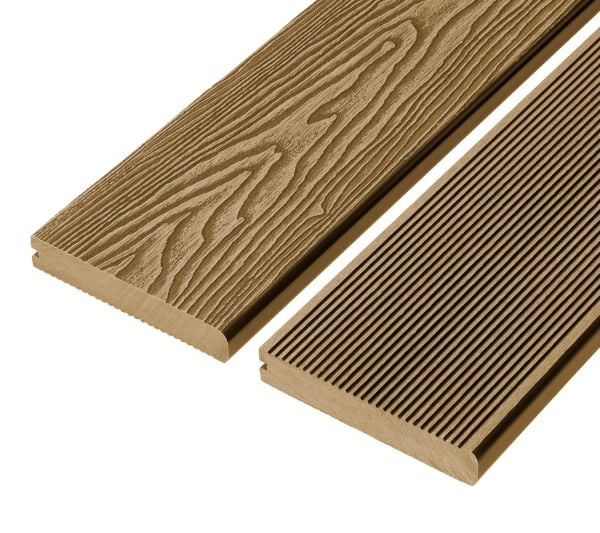
6. Price and Value
When choosing between Deckorators composite decking and Hosung composite decking, cost is one of the most important considerations for homeowners. Both brands fall within the mid-to-premium composite decking price range, but there are key differences in value.
Deckorators Composite Decking Pricing
Deckorators offers several product lines, from entry-level composite boards to premium mineral-based options. Prices vary depending on the collection, surface finish, and board type (grooved or square-edge). According to retailers:
Entry-level boards start around $2.00–$4.00 per linear foot.
Mid-to-premium series such as Vista or Vault average about $5.00–$6.50 per square foot.
High-end collections like Surestone Voyage can reach $6.99 or more per square foot.
At big-box stores, a 1×6×16 ft board often costs around $39–$40, which translates to about $5.40 per square foot.
Overall, Deckorators positions itself as a premium brand with higher upfront costs.
Hosung Composite Decking Pricing
Hosung offers a broad price range as well, depending on whether you choose essential, premium, or custom boards:
Standard composite boards are typically $2.50–$6.00 per linear foot.
Premium Hosung boards with enhanced textures and finishes range between $6.00–$8.50 per linear foot.
Specialty boards with advanced anti-slip surfaces, multi-tonal designs, or custom dimensions may reach $8.50–$12.00 per linear foot.
Despite offering high-end features, Hosung’s boards are often priced more competitively than Deckorators’ equivalent premium lines.
Side-by-Side Cost Analysis
| Category | Deckorators | Hosung | Value Notes |
|---|---|---|---|
| Entry / Standard Boards | $2–$4 per linear foot | $2.50–$6.00 per linear foot | Both affordable, but Hosung often provides richer textures even in mid-range products. |
| Mid-Range / Premium Boards | $5.00–$7.00 per sq ft | $5.50–$8.50 per linear foot | Similar performance, but Hosung may offer a lower price at the same feature level. |
| High-End / Specialty Boards | $7.00+ per sq ft (mineral-based, advanced finishes) | $8.50–$12.00 per linear foot (custom features) | Deckorators carries a brand premium; Hosung offers customizable options at a still competitive cost. |
Example Cost Estimate
Let’s say you want to build a 16 ft × 20 ft deck (320 square feet):
Deckorators (mid-range at $6.00 per sq ft): $6 × 320 = $1,920 in materials.
Hosung (similar mid-range at $5.50 per sq ft): $5.50 × 320 = $1,760 in materials.
That’s a savings of $160 on materials alone. With larger decks, or when factoring in accessories like fasteners and trim, the gap can widen even further.
Takeaway
Deckorators composite decking is priced higher, reflecting its brand recognition and premium mineral-based options.
Hosung composite decking delivers similar durability, aesthetics, and performance, but often at a lower cost, making it a strong value-driven choice.
For homeowners who want long-lasting quality without paying a brand premium, Hosung offers excellent return on investment.
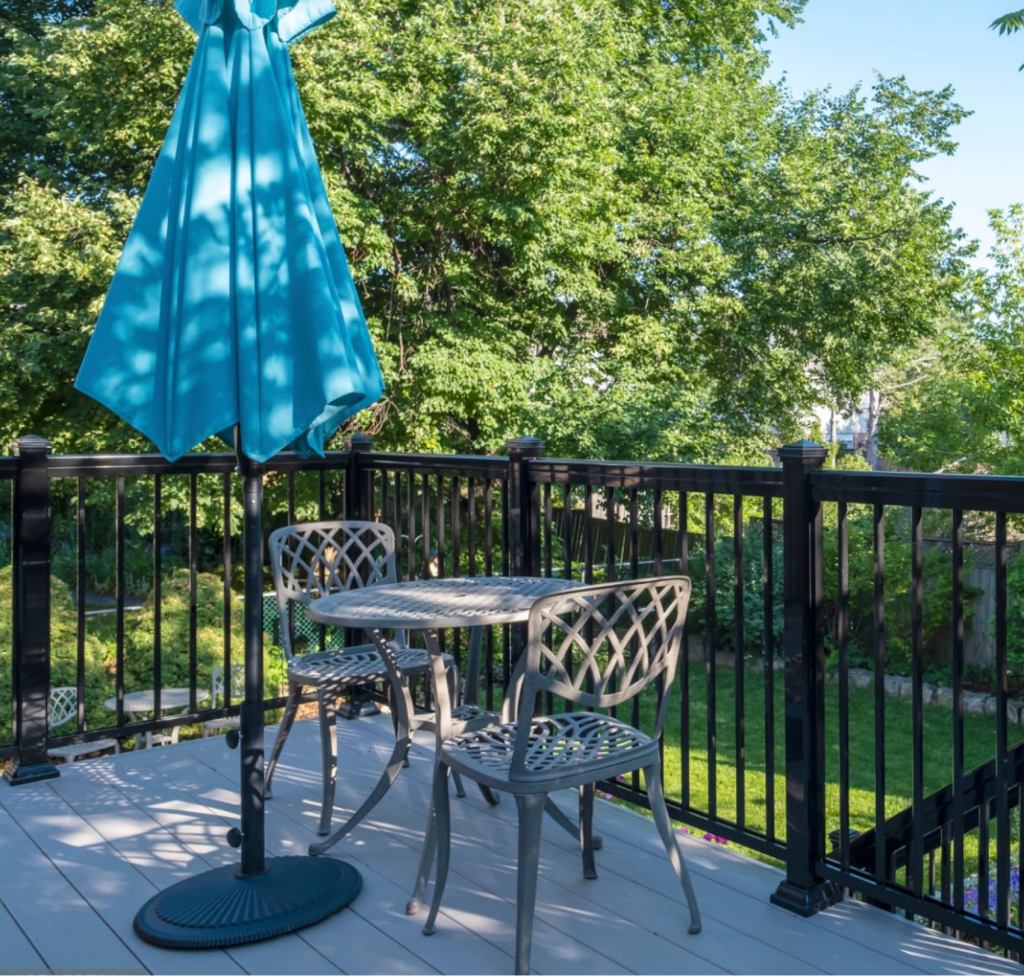
Key Advantages of Hosung Composite Decking
Based on the comparison above, the main advantages of Hosung over Deckorators include:
Higher density and strength, reducing the risk of cracking or damage
More realistic textures and modern finishes, appealing to contemporary design trends
Greater resistance to fading and staining, lowering maintenance efforts
Eco-friendly production with higher recycled material content
Competitive pricing without compromising quality
These factors make Hosung composite decking a compelling alternative to the more established Deckorators brand.
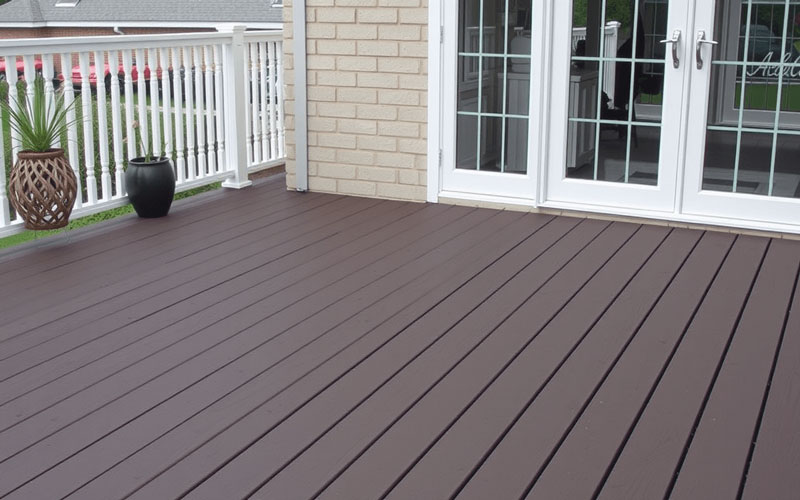
Choosing the Right Decking for Your Home
When deciding between Deckorators composite decking and Hosung composite decking, consider the following factors:
Budget: If you are willing to invest more upfront for a well-known brand, Deckorators is reliable. If you want a high-quality deck at a lower cost, Hosung may be better.
Aesthetic preferences: For traditional wood-like aesthetics, Deckorators works well. For modern finishes and realistic textures, Hosung is ideal.
Maintenance priorities: Hosung’s enhanced resistance to fading and staining reduces maintenance needs.
Environmental considerations: Hosung offers higher recycled content and sustainability benefits.
Climate: In areas with extreme weather, Hosung’s high-density boards may perform better long-term.
By evaluating these factors, homeowners can choose the decking that best meets their style, functional, and environmental goals.
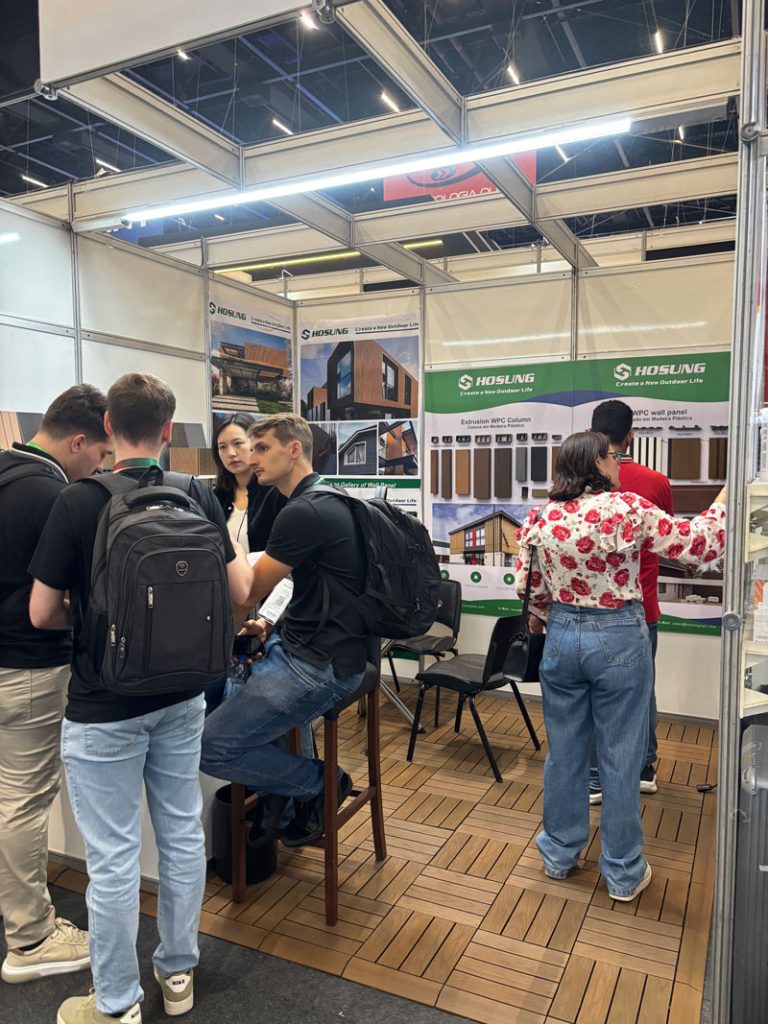
Conclusion
Both Deckorators composite decking and Hosung composite decking offer high-quality, durable, and low-maintenance solutions for outdoor spaces. While Deckorators benefits from brand recognition and traditional wood-like appeal, Hosung stands out with its modern aesthetics, superior durability, eco-friendliness, and better overall value.
For homeowners looking for a premium deck with long-lasting performance and minimal upkeep, Hosung composite decking is a smart choice that combines affordability, quality, and sustainability. Whether you are building a backyard retreat, a poolside lounge, or a large outdoor entertaining area, Hosung provides the materials needed to create a beautiful, resilient, and environmentally conscious deck.
By carefully weighing your priorities in design, maintenance, cost, and environmental impact, you can make an informed decision between Deckorators composite decking and Hosung composite decking, ensuring your outdoor space remains stylish and functional for years to come.

